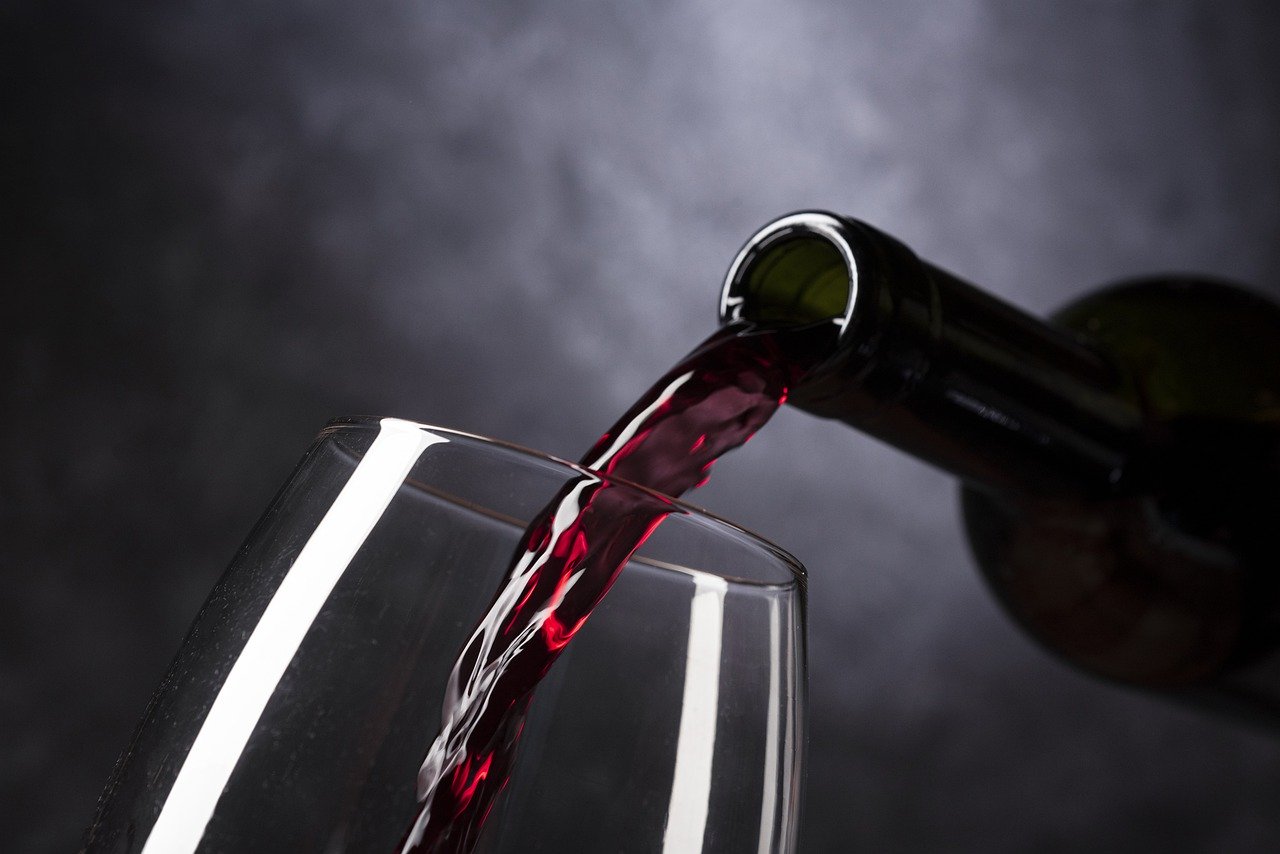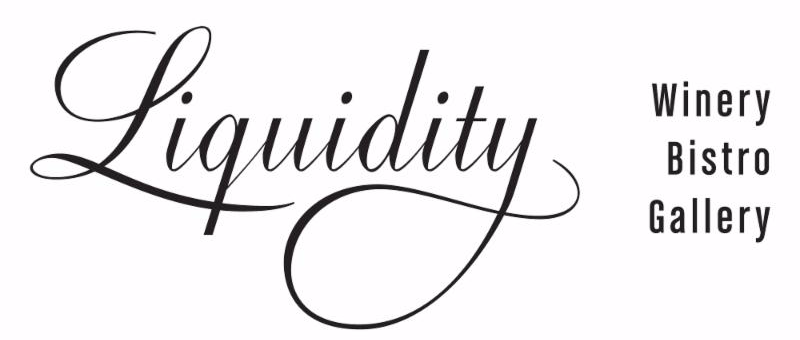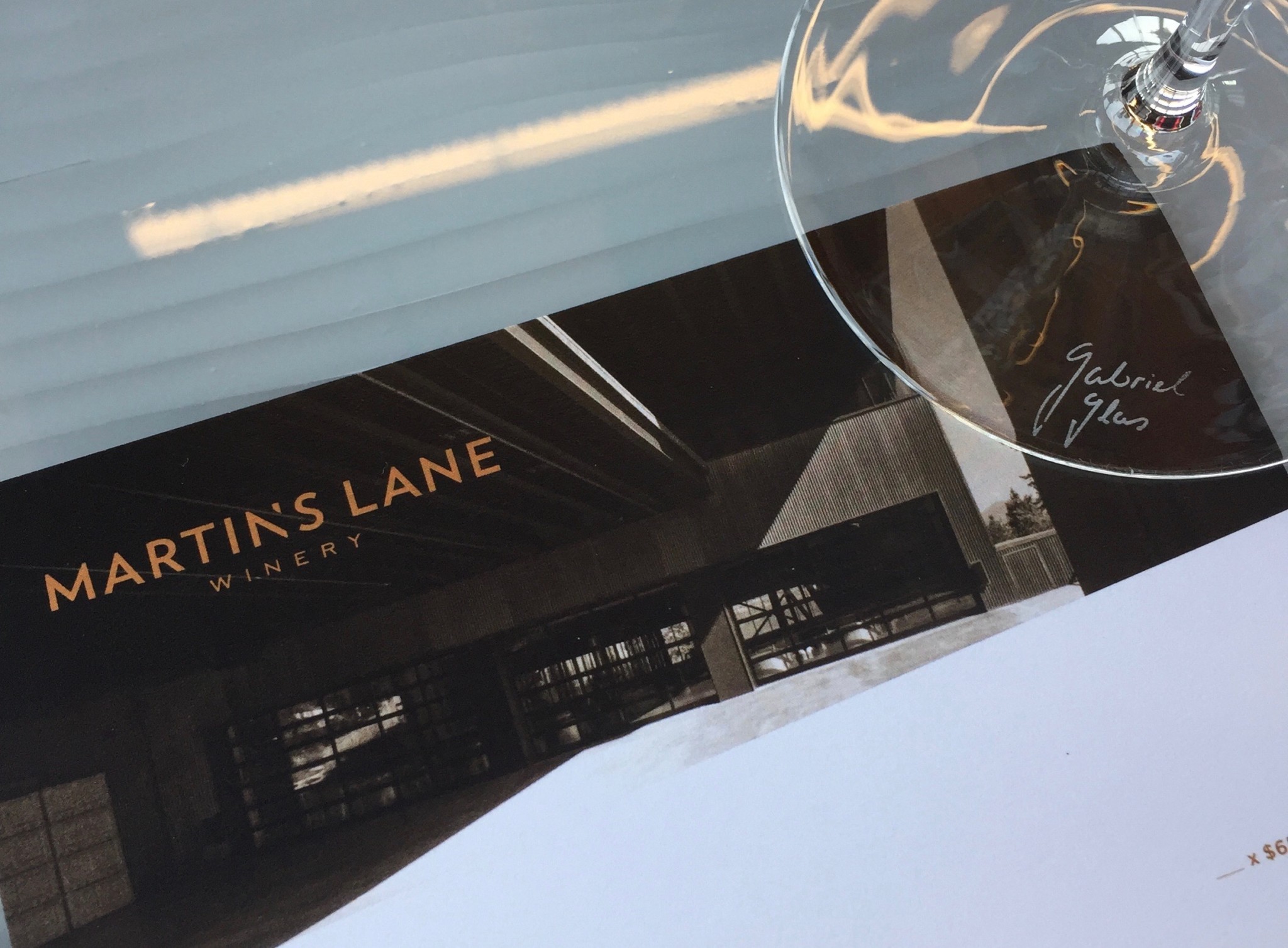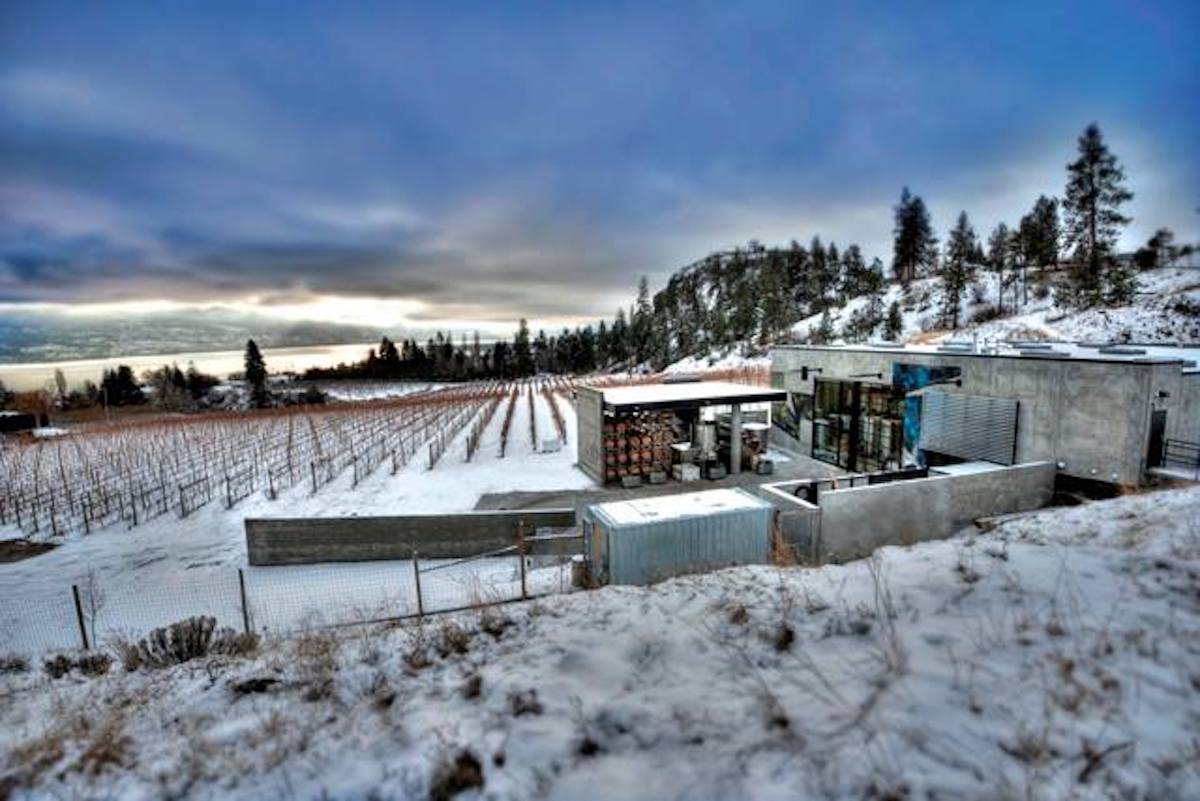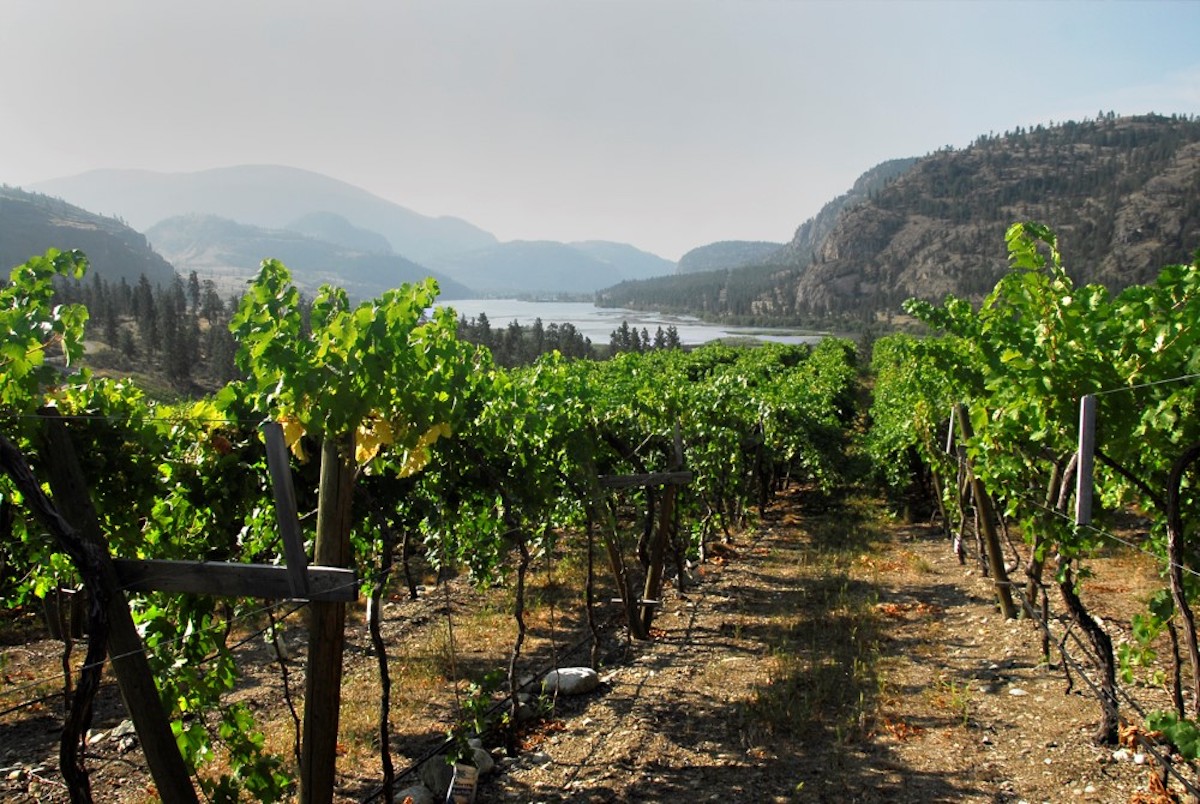When you think of the world’s wine regions, the obvious ones quickly come to mind – France, Italy, and Spain probably followed by Germany, Argentina, Chile, the US, South Africa, Australia, and New Zealand. And, of course, some would also add Britain, Canada, and even other smaller regions, but China?
I have only tried a couple of samples of Chinese wine in the past and they were not pleasant. In fact, for a long time anything that contained grapes, water, dye, and artificial flavourings could be called wine. Think of cough syrup and you will get the picture.
I just finished watching an online presentation on the recent rise of the Chinese wine industry. With over two million acres planted, China now has the second-largest vineyard acreage in the world. They are even constructing large Chateau buildings to rival those found in France. These massive structures are meant to attract customers and no wonder, as China is now the fifth largest wine consumer. Officially there are 18 wine regions with 12 of them being of note. One wealthy investor has built three hundred castles in an area of only sixty square kilometres.
China’s wine industry began just north of Shanghai in Shandong province, China’s second most populous province. This region has a climate similar to the Bordeaux region of France. The plan is not to market wine to people but rather to market a chateau lifestyle. Ergo, invite wealthy people who want to grow grapes and produce their own vanity label wines, thus living the pastoral lifestyle. Former Chateau Lafite winemaker, Gerard Colin, was an early believer in the potential of China to produce premium wines. He was hired to oversee operations at Domaine de Long Dai and, most importantly to focus on quality over quantity. Seventeen of his fifty-four vintages have been in China. Historically, the region was known for peanuts, wheat and corn cultivation.
As a part of this wine boom, new enology schools have opened and a key component of their education is the promotion of wine as being good for health with medicinal qualities that can help relieve a number of common ailments. They also claim that there are archaeological records showing wine production that date back 9000 years. About 2000 years ago, Emperor Wu (141-87 BCE) of the Han Dynasty sent an ambassador to some Western countries and is credited with bringing back different grape varieties along the Silk Road trade route.
One of the newer regions is to the west in Ningxia, north-central on the edge of the Gobi Desert. This is a sparsely settled high altitude (1200 metres) desert region that was traditionally known for coal production, but with the realization that a bottle of premium wine can sell for more than a ton of ore, it has enticed over two hundred vinicultural companies to this locale.
The soil here is not suitable for most agricultural products as it contains a lot of gravel and large stones, similar to some of the best wine regions (think of the BC’s Similkameen Valley). The winters here are very cold so there is a need to bury the vines shortly after harvest to protect them. They may remain buried from November to April. Emma Gao has garnered a lot of attention for her Silver Heights Bordeaux-styled wines made in this region. Cabernet wines are the most popular which is interesting as most Chinese cuisine is best suited to crisp fresh whites and rosés.
Several well-respected French winemakers are investing heavily in the country. Keep your eye on China.

